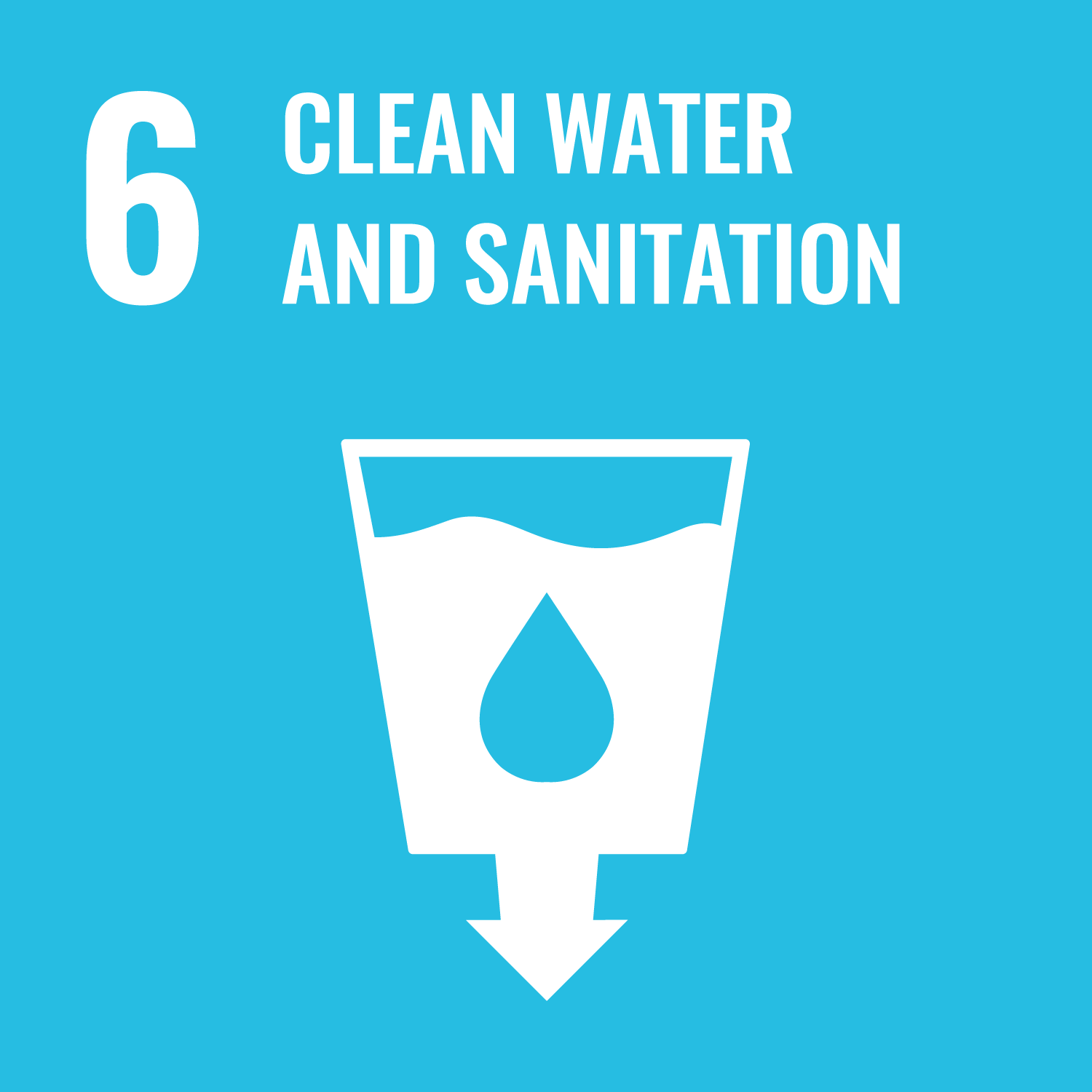ORCID
- JM Hall-Spencer: 0000-0002-6915-2518
Abstract
The services provided by coastal ecosystems such as mangrove forests and sea-grass beds are becoming increasingly recognised, yet the functional role of maerl beds has not been addressed. Maerl forms highly biodiverse habitats composed of loose-lying coralline red algae which build up over thousands of years. These carbonate-rich deposits occur in photic areas with strong water movement; they have a widespread global distribution yet remain one of the most overlooked shallow-water marine habitats, with little known about the ecosystem services maerl may provide. Our diving research in Scotland has shown that pristine live maerl (PLM) grounds fulfil nursery area prerequisites for commercial populations of queen scallops Aequipecten opercularis and other invertebrates, such as the soft clam Mya arenaria, the sea urchins Psammechinus miliaris and Echinus esculentus, and the starfish Asterias rubens, more effectively than impacted dead maerl and other common substrata. The complex architecture of maerl beds attracts high densities of these juvenile invertebrates, which use PLM grounds as nursery areas in preference to adjacent substrata. Considering its global distribution, it is highly likely that ecosystem services provided by maerl are considerable. Maerl is easily damaged and killed by a variety of human activities, yet its protection would maintain vital nursery area function, benefiting commercial fishery yields and, pivotally, regional biodiversity.
Publication Date
2004-01-01
Publication Title
Marine Ecology-Progress Series
Volume
274
ISSN
0171-8630
Embargo Period
2023-07-19
First Page
183
Last Page
189
Recommended Citation
Kamenos, N., Moore, P., & Hall-Spencer, J. (2004) 'Nursery-area function of maerl grounds for juvenile queen scallops Aequipecten opercularis and other invertebrates', Marine Ecology-Progress Series, 274, pp. 183-189. Retrieved from https://pearl.plymouth.ac.uk/bms-research/366


